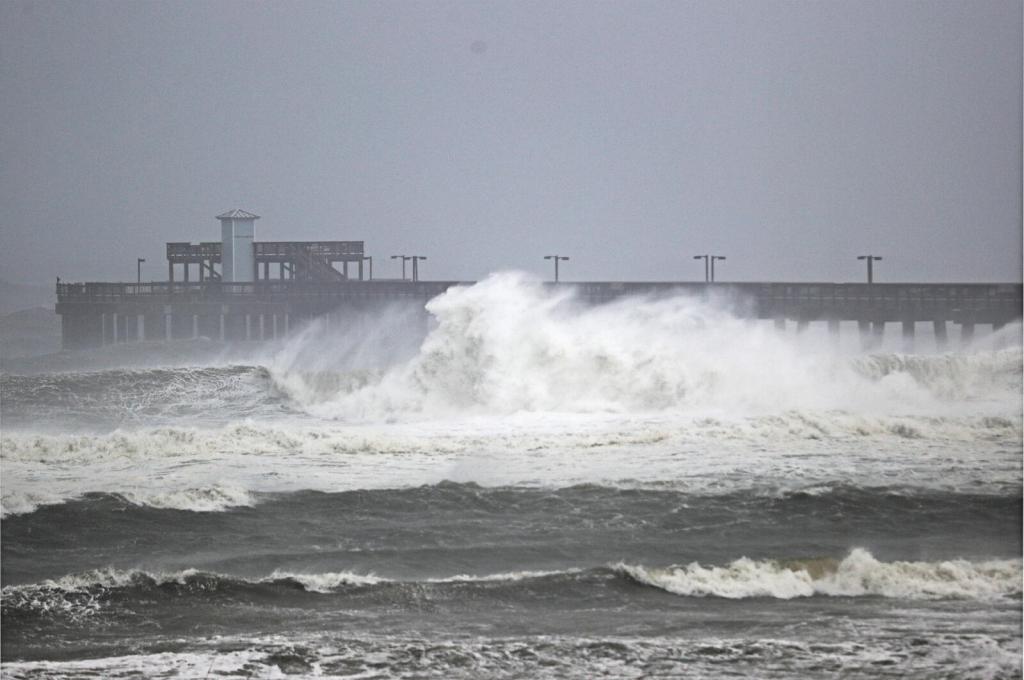Southern Storm

Hurricane Sally made landfall near Pensacola, Florida, on September 16. It brought heavy rain and winds topping 100 miles per hour. At press time, Sally was expected to move inland over Alabama and into Georgia.
The storm moved at a slow pace of about 2 mph. This caused severe flooding in Alabama and Florida. As much as 30 inches of rain was predicted in some areas before Sally moved on. Flooding was made worse by a storm surge. This is a rise of seawater. Some places along the coast were braced for seawater between six and nine feet high.
Officials ordered residents in coastal cities to evacuate to shelters. In Florida, the National Guard prepared for search-and-rescue operations.
Forecasters compared Sally to Hurricane Harvey, from 2017. That storm swamped Houston, Texas.
“Those on the Gulf Coast are all too familiar with Mother Nature’s wrath,” Alabama governor Kay Ivey told reporters at a press conference. “Hurricane Sally is not to be taken for granted.”
Stop and Think! What information does the author provide in the lead, or first, paragraph? Why does she start with this information? Which facts does she save for later, and why?











